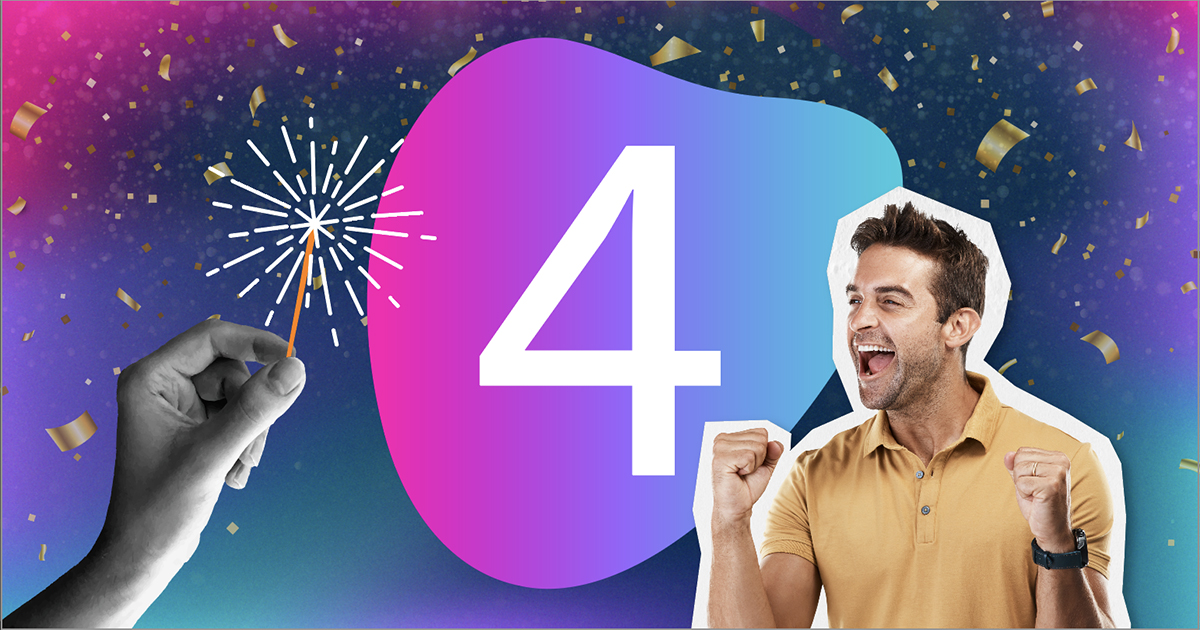
Leveraging Direct Mail Throughout the Customer Lifecycle - Part 1
Fusion of Tradition & Innovation

Marketing today requires more than just digital expertise. Best-practice organizations weave together both physical and virtual experiences. Modern, data-driven physical experiences can help you connect with prospects and customers more effectively; boost loyalty and brand value; and better address buyer needs throughout the customer lifecycle. With modern, automated direct mail, you can make every connection during the customer journey count.
The reality today is that direct mail is a versatile, engaging, and dynamic force in modern marketing. It is a creative fusion of tradition and innovation that can captivate your audience, ignite conversations, and build lasting relationships.
The Customer Lifecycle
Direct mail is a bridge between your brand and your audience, a catalyst for engagement, a force for change, and a way to make every connection with your audience throughout the customer lifecycle count. Direct mail can serve as a powerful tool across every stage of the lifecycle, and it all begins by identifying opportunities for improvement in customer-experience gaps that need to be filled.

In the Awareness stage, direct mail can grab attention effectively with physical, eye-catching materials that stand out and garner attention. Engagement can be enhanced by fostering a deeper connection than is possible through digital means alone. During Consideration, personalized mail can deliver tailored messages, addressing specific pain points and needs, which can nudge prospects closer to a decision. In Conversion, direct mail can provide a tangible call to action—such as coupons or samples—prompting immediate responses and driving conversions. Retention efforts benefit from the physical nature of direct mail, reinforcing brand recall over time and encouraging repeat purchases. Finally, in the Loyalty phase, targeted mailings can express appreciation to existing customers, strengthening bonds, and encouraging positive reviews and referrals, ultimately fostering brand loyalty.
Through each touchpoint, direct mail leverages its unique qualities to complement and enhance the customer journey, resulting in more meaningful interactions and improved outcomes. (There will be more detail about this topic in future parts.)
Creating Powerful Moments
In the end though, modern direct mail is all about fashioning powerful and memorable experiences for your customers and prospects. Creating powerful moments was examined in detail last year in our e-book, “PFL’s Essential Guide to: Creating Powerful Direct Mail Moments Across the Customer Lifecycle.”
No matter where the customer is in the journey—from reading a blog or attending an event (awareness) to becoming a true brand advocate (loyalty)—it’s necessary to include one or more of the following elements to make your campaign come to life:
Elevation: These interactions supercharge brand recall and facilitate a smoother customer journey. They are experiences that rise above the routine and make customers and prospects feel engaged and motivated.
Insight: Creating “insight” brings those “aha moments” to the recipients. “Moments of insight” deliver realizations and transformations that can cause people to trip over the truth. These “aha moments” can make people believers and get them to act.
Connection: Email and text have become the main forms of communication for many—especially in business. People want personal contact to experience shared meaning. We also all want to feel acknowledged and recognized for the things we accomplish.
Celebration: We have explored some of the myriad reasons why acknowledging and celebrating customers and prospects is crucial for businesses that want to thrive in today’s competitive landscape.
In Part 2: Taking the Stage and Part 3: Lifecycle Strategies we will delve a little deeper into each stage of the customer lifecycle and see exactly how direct mail today—this fusion of tradition and innovation—can significantly impact prospects and customers at each stage.



